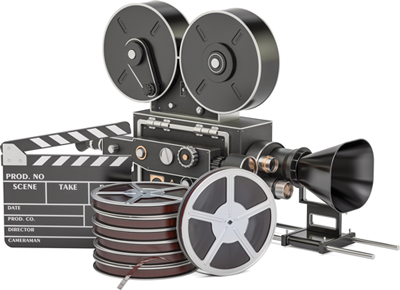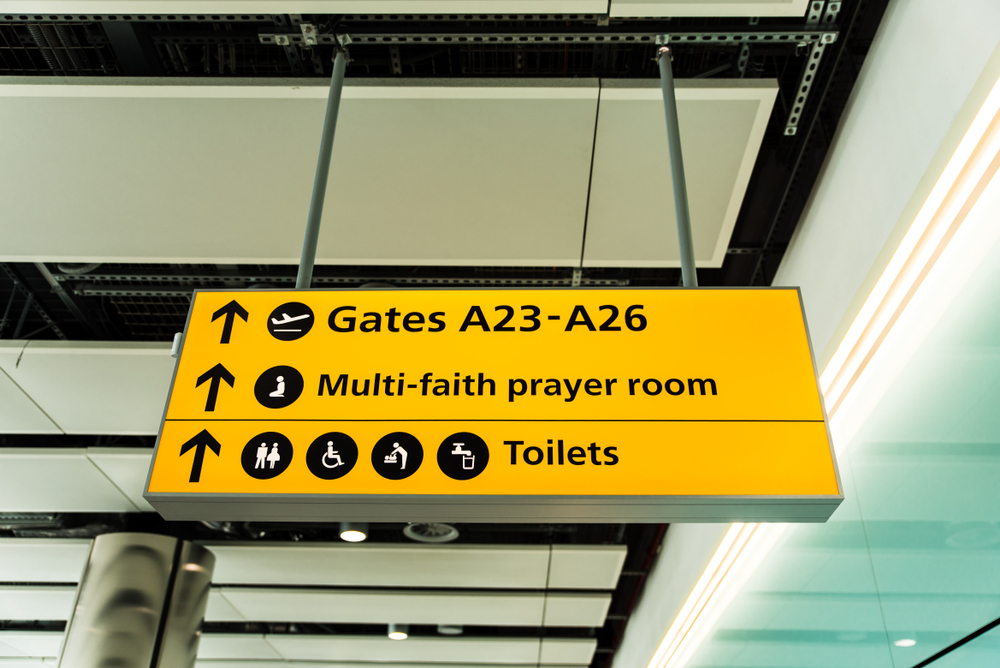Others
Factors to Consider When Choosing Film Transfer Services

As technology continues to advance, more and more of our memories are making their way to digital devices. So one way that people are preserving their memories is by transferring their old films or photos into a digital format.
A service that transfers films to digital provides the perfect solution for this task. With so many film transfer services out there, it can be difficult to know which service to choose.
Let’s go over three factors to consider when selecting the service that’s right for you.
Factor #1: Convenience
Perhaps one of the most important factors of all is convenience. The service you choose should be easy to use and provide a seamless experience from start to finish. Look for one that offers online ordering, as this will streamline the process and make it easier to get your films transferred quickly.
You should also make sure that the service offers delivery of your films or photos, so you don’t have to worry about dropping them off or picking them up yourself. This can save you a meaningful amount of time and effort.
Finally, look for a service that offers customer support in case you have any questions or issues during the transfer process.
Factor #2: Quality
The quality of the service is equally important as convenience. After all, you want your films or photos to look as good as possible in their digital form. So look for a service that provides high-quality transfer and restoration of your old films or photos.
The service should use the best equipment and techniques available to ensure a clear, sharp image. They should also have experience working with various film formats and be able to adjust the settings to suit your needs.
The service should also have a good track record for customer satisfaction. Checking reviews from past customers is a great way to make sure you’re getting the best service possible.
Factor #3: Fast Turnaround
Time is of the essence when it comes to film transfers, so you want to find a service that can provide fast turnaround times. Look for one that can get your films or photos digitized promptly and delivered back to you within a matter of days, rather than countless weeks or months.
The service should be able to provide an estimated timeline for delivery so you know exactly when to expect your films or photos back.
In Conclusion
Finding the perfect service to transfer your films or photos can be a challenge. But by taking into consideration these three key factors, you’ll be able to narrow your search and find the service that works best for you.
Of course, there are many film transfer options aside from Costco — so you’re bound to find the service that fits your needs.
One such option is Capture, which is a more comprehensive service that specializes in film transfer and preservation. They offer high-quality service and fast turnaround times, as well as friendly customer service. So don’t hesitate to check them out and give them a try!
By considering these factors when selecting your film transfer service, you can be sure that your memories will be preserved in the best possible way.

Others
Cloud ERP Implementation: Balancing the CFO and CIO Perspectives
Others
Exploring the Art of Flat Lay Photography: A Comprehensive Guide for Aspiring Photographers
Others
Are There Any Restrictions on the Make or Model of Cars That Can Be Sold Online?
Selling a car online has become a common practice, offering convenience and a wide audience reach. However, there are very few restrictions on which make or model of used cars can be sold online these days. Here are a few guidelines:
Age
Older vehicles, especially those over a decade old, often face a drop in demand due to financing difficulties. Buyers looking to finance their purchase might find limited or no options for older models. This does not mean you cannot sell your older vehicle online; it simply suggests that the pool of potential buyers might be smaller. It’s a crucial point to consider for those pondering “how to sell my car online effectively.”
Title Status
Title status is paramount in the sale of a vehicle. A clear, lien-free title in your name is essential to facilitate a smooth transaction. If your title is lost, obtaining a replacement can be a hassle, with varying restrictions based on your location. This is especially pertinent for sellers in Huntsville, AL, looking to sell your car online without any legal hiccups.
Odometer Accuracy
Odometer accuracy is a legal requirement. Any issues like digital rollbacks or malfunctioning odometers must be disclosed. Failing to do so not only hinders the sales process but also raises legal concerns. Transparency about the vehicle’s condition is crucial for a trustworthy sale, particularly for those looking to “sell car online” effectively.
Emissions Standards
Emission standards are increasingly stringent, and older cars often struggle to meet these. In certain states, cars that fail to pass smog checks or inspections cannot be registered. This aspect is vital for sellers, as it impacts the eligibility of their vehicle for sale in specific markets, particularly when considering online sales platforms.
Safety Recalls
Addressing safety recalls before selling your car is not just ethical but often legally required. Selling a car with unresolved major recalls can lead to legal consequences and tarnish your reputation as a seller. It’s advisable to fix such issues to ensure a safe and compliant sale, especially when using online platforms to reach potential buyers.
Flood Damage
Flood-damaged vehicles are a significant concern. They often have hidden issues that make them unsafe and are typically flagged by lending institutions, making financing difficult. It’s generally advisable to avoid selling flood-damaged cars online, as it could lead to complicated legal and ethical issues, not to mention the potential risk to the buyer.
Gray Market Cars
Gray market cars, or vehicles imported from other countries that do not meet U.S. safety and emission standards, pose a unique challenge. These cars might be difficult or impossible to register in the U.S., thus significantly limiting your buyer pool. Understanding these nuances is crucial, particularly for sellers in international or diverse markets.
In conclusion, while there are few outright restrictions on the makes and models of cars that can be sold online, various factors like age, title status, odometer accuracy, emission standards, safety recalls, flood damage, and gray market issues can impact the sale process. Being aware of these guidelines and ensuring compliance can help you smoothly navigate the online car selling process, whether you’re in Huntsville, AL, or elsewhere.

 Others10 months ago
Others10 months agoDavid T Bolno: Why Giving Back To The Community Is So Crucial

 Travel10 months ago
Travel10 months agoPractical And Essential Car Interior Accessories To Add Comfort And Convenience To Your Drive

 Travel10 months ago
Travel10 months agoBusiness Visa for CANADA

 Business10 months ago
Business10 months agoTop Reasons Why you Need to Consider Outsourcing Real Estate Photo Editing

 Health10 months ago
Health10 months agoGarlic Is The Best Vegetable To Treat Heart Problems

 Business10 months ago
Business10 months agoDead And Co Setlist What They Played At The Gorge Amphitheatre

 Fashion10 months ago
Fashion10 months agoTips For Choosing The Right For Engagement Diamond Rings

 Tech10 months ago
Tech10 months agoThe Best Way to Never Get Lost: Buy Wayfinding Signs!

